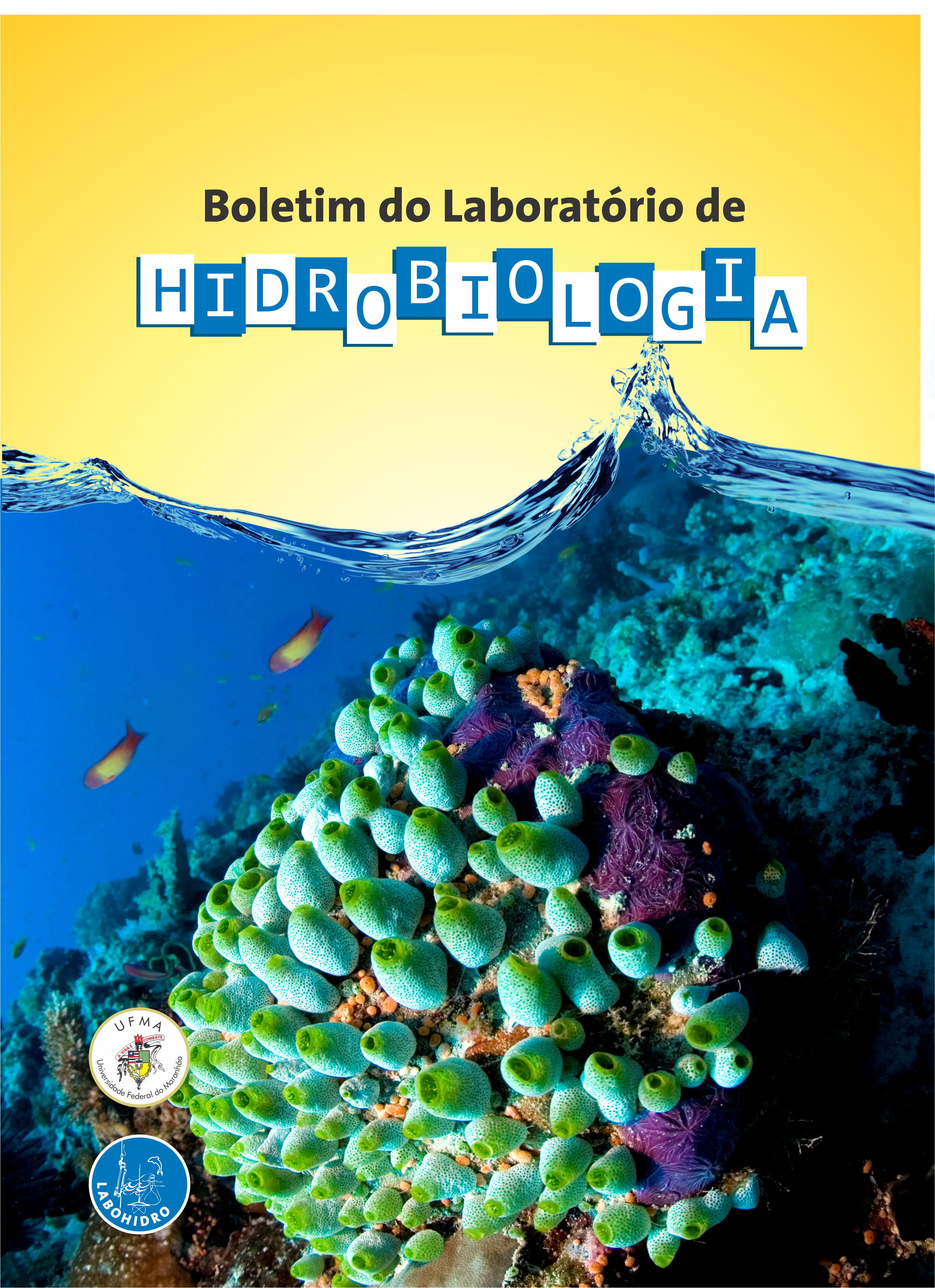STRUCTURAL ORGANIZATION OF WOODY VEGETATION OF THE DUNES OF PRAIA DO CAOLHO, SÃO LUÍS, MARANHÃO STATE
DOI:
https://doi.org/10.18764/1981-6421e2023.9Keywords:
Coastal ecosystem, shrub-tree plants, anthropizationAbstract
The objective of this study was to analyze the structure and woody composition of the urban dune vegetation in Caolho beach, São Luís, Maranhão. The structural analysis of woody vegetation was carried out using the quadrant point method, totaling 50 points. Plants with a diameter at ground height ≥ 3cm were measured. The plants were collected, identified, herbalized and inserted into the MAR and PEUFR Herbarium. The structural parameters, the Shannon Index and Pielou Equability were analyzed. The structural analysis resulted in 35 species, 31 genera and 20 families. The families with the greatest richness were Fabaceae, Myrtaceae and Rubiaceae, with four species each. The highest importance value was found in Attalea speciosa, Byrsonima crassifolia and Astrocaryum vulgare. The Shannon index was 2.36 nat.ind-1 and the equability was 0.66. The woody vegetation on Caolho beach is sparse, with low plants and thick stems. However, in dune areas, large diameters are related to tillered individuals due to the sum of their branches. Given the data presented, the importance of restoration and protection measures for urban dunes is emphasized so that the resilience process can guarantee the continuity of the area's ecological standards.
Downloads
References
AMORIM, I.F.F., SANTOS, C.R., SANTANA, I.B.P.A., ARAUJO, A.C.M. & ALMEIDA JR., E.B. (2020). Espécies exóticas do estrato herbáceo das áreas de dunas na Ilha do Maranhão, Nordeste do Brasil. In: Santos-Filho, F.S.; Almeida Jr., E.B. (Org.). Biodiversidade do Meio Norte do Brasil: conhecimentos ecológicos e aplicações, 1ed. Curitiba: Editora CRV, v. 3 p. 15-28.
CARBONI, M., CARRANZA, M. L. & ACOSTA, A. (2009). Assessing conservation status on coastal dunes: A multiscale approach. Landscape and Urban Planning, v. 91(1), p.17–25.
COTTAM, C. & CURTIS, J. T. (1956). The use of distance measures in phytosociological sampling. Ecology, v. 37, n. 3, p. 451-460.
EL-ROBRINI, M., ROCHA, E.J.P., RIBEIRO, E.B.M., DE LIMA, G. DO SP DE; SANTOS, M.DE L.S., ALVES, MÃES & EL-ROBRINI, M.H.S. (2002). Atlas Oceanográfico na Área de Influência do Bloco Exploratório BM-BAR.
INMET. (2018). Instituto Nacional de Meteorologia. 2015. Disponível em: <http://www.inmet.gov.br/portal/>. Acesso em: 11 jul.
KÖPPEN, W. (1948). Climatologia: con un estudio de los climas de la terra. México. Fondo de Cultura Económica, México. 479p.
LORENZI, H., NOBLICK, L.R., KAHN, F. & FERREIRA, E. (2010). Flora brasileira: Arecaceae (Palmeiras). Instituto Plantarum, Nova Odessa. 382p.
NASCIMENTO, A.D., COSTA, L.B.D., LACERDA, D.M.A. & ALMEIDA JR., E. B. (2021). Woody plants phenology of the coastal dunes in eastern Amazon, Brazil. Brazilian Journal of Botany, v. 44, p. 741–752.
OESTREICH FILHO, E. (2014). Fitossociologia, diversidade e similaridade entre fragmentos de Cerrado stricto sensu sobre neossolos quartzarênicos órticos, nos municípios de Cuiabá e Chapada dos Guimarães, estado de mato grosso, Brasil. 88 f. Dissertação (Mestrado) - Curso de Programa de Pós-graduação em Ciências Florestais e Ambientais, Universidade Federal de Mato Grosso, Faculdade de Engenharia Florestal, Cuiabá, 2014.
PIRES, C.S., NASCIMENTO, A. D. & ALMEIDA JR., E. B. (2021). Dispersão de frutos e sementes do componente lenhoso nas dunas da praia de São Marcos, São Luís, Maranhão, nordeste do Brasil. Biota Amazônia, v. 11, n. 1, p. 68-74.
PRISCO, I., ACOSTA, A.T.R. & STANISCI, A. (2021). A bridge between tourism and nature conservation: boardwalks effects on coastal dune vegetation. Journal of Coastal Conservation, v. 25, n. 14, p. 2-12.
SANTOS-FILHO, F.S., ALMEIDA JR., E.B. & SOARES, C.J.R.S. (2013). Cocais: zona ecotonal natural ou artificial? Revista Equador, v.1, p. 02 -13.
SHEPHERD, G.J. (2010). FITOPAC. Versão 2.1. Campinas, SP: Departamento de Botânica, Universidade Estadual de Campinas - UNICAMP.
SOUZA, R.F., MACHADO, S.A., GALVÃO, F. & FILHO, A. F. (2017). Fitossociologia da vegetação arbórea do Parque Nacional do Iguaçu. Ciência Florestal, v. 27, n. 3, p. 853-869.
STOHLGREN, T.J., BINKLEY, D., CHONG, G.W., KALKHAN, M.A., SCHELL, L.D., BULL, K. A., OTSUKI, Y., NEWMAN, G., BASHKIN, M. & SON, Y. (1999). Exotic plant species invade hot spots of native plant diversity. Ecolology Monograph, v. 69, n. 1, p. 25–46.
VAN DER BIEST, K., NOCKER, L., PROVOOST, S., BOEREMA, A. J., STAES, J. & MEIRE, P. (2017). Dune dynamics safeguard ecosystem services. Ocean & Coastal Management, v. 147, p. 148-158.
Downloads
Published
How to Cite
Issue
Section
License
Copyright (c) 2024 Boletim do Laboratório de Hidrobiologia

This work is licensed under a Creative Commons Attribution 4.0 International License.





